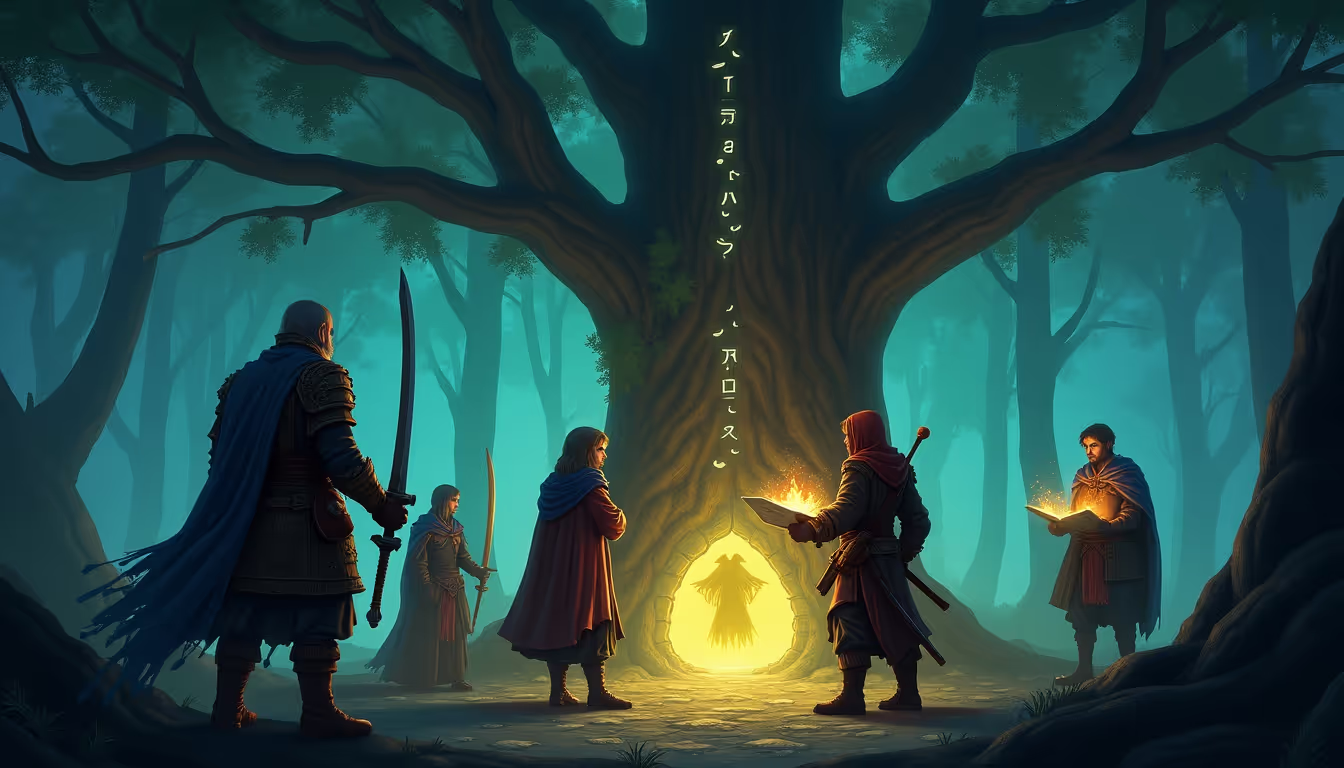The Multiplayer Online Battle Genre: Competitive Gaming at Its Best
Multiplayer Online Battle games have taken the gaming world by storm, offering players the thrill of real-time competition, strategic teamwork, and fast-paced action. Whether in battle arenas, large-scale warfare, or hero-based combat, this genre fosters some of the most engaging and challenging experiences in gaming. Let’s explore the evolution, key elements, and impact of multiplayer battle games.
What Defines a Multiplayer Online Battle Game?
Multiplayer Online Battle games are competitive multiplayer experiences where players face off in real-time, either solo or in teams, across various game modes. These games often emphasize skill, teamwork, and strategy while providing a constantly evolving meta through updates and balance changes.
Core Features of Multiplayer Online Battle Games:
- Real-Time Competitive Play – Matches are played live against other human players.
- Team-Based or Solo Battles – Players can compete alone or coordinate strategies with teammates.
- Varied Character and Class Systems – Many games feature different heroes, champions, or loadouts.
- Skill and Strategy-Based Gameplay – Success relies on mastering mechanics, teamwork, and adapting to opponents.
- Progression Systems – Leveling up, ranking systems, and unlockable content keep players engaged.
- Live Updates and Esports Support – Frequent patches, events, and professional tournaments add longevity.
A Brief History of Multiplayer Online Battle Games
Competitive multiplayer gaming has existed since the arcade era, but the modern online battle genre emerged with the rise of the internet.
Early Days (1990s–2000s)
- Quake III Arena (1999) and Unreal Tournament (1999) pioneered fast-paced online shooters.
- Counter-Strike (1999) established tactical team-based FPS gameplay.
- Warcraft III (2002) laid the foundation for the MOBA subgenre with its custom Defense of the Ancients (DotA) mod.
Golden Age (2010s–2020s)
- League of Legends (2009) and Dota 2 (2013) dominated the MOBA scene, launching major esports leagues.
- Call of Duty: Warzone (2020) and Apex Legends (2019) revolutionized battle royale competition.
- Overwatch (2016) introduced hero-based FPS combat with a strong emphasis on team synergy.
- PUBG (2017) and Fortnite (2017) pushed the battle royale subgenre to mainstream success.
Modern Era (2020s–Present)
- Valorant (2020) fused tactical FPS mechanics with hero abilities.
- Halo Infinite (2021) revitalized arena-style multiplayer combat.
- Mobile Legends (2016) and Wild Rift (2020) brought MOBA action to mobile devices.
Subgenres and Variations
Multiplayer Online Battle games come in different forms, catering to various playstyles:
- MOBA (Multiplayer Online Battle Arena) – Games like League of Legends, Dota 2, and Smite feature strategic 5v5 matches with unique heroes.
- Battle Royale – Titles like Fortnite, Apex Legends, and PUBG focus on survival, looting, and last-man-standing gameplay.
- Hero Shooters – Overwatch and Valorant mix FPS gameplay with diverse hero abilities.
- Tactical FPS – Counter-Strike: Global Offensive and Rainbow Six Siege reward precision and team coordination.
- Arena Shooters – Quake Champions and Halo offer fast-paced, skill-based combat.
- Auto-Battlers – Teamfight Tactics and Dota Underlords introduce strategy-based AI-controlled battles.
The Impact of Multiplayer Battle Games on the Industry
Multiplayer Online Battle games have shaped gaming culture in significant ways:
- Esports Growth – Titles like League of Legends and Dota 2 have multi-million-dollar tournaments.
- Live-Service Models – Frequent updates, battle passes, and in-game events keep players engaged.
- Streaming and Content Creation – Games like Fortnite have fueled the rise of Twitch and YouTube gaming communities.
- Cross-Platform Play – Many games now support multi-platform competition, increasing accessibility.
Why Players Love Multiplayer Online Battle Games
- Thrilling Competition – The unpredictable nature of real opponents makes every match unique.
- High Skill Ceiling – Mastering mechanics and strategies provides long-term replayability.
- Social Experience – Playing with friends or joining communities enhances engagement.
- Constant Evolution – Regular updates, new characters, and balance changes keep gameplay fresh.
The Future of Multiplayer Online Battle Games
The genre continues to evolve with emerging technologies:
- AI-Enhanced Matchmaking – Smarter systems for fairer, more balanced competition.
- VR and AR Multiplayer Battles – Immersive online battles through next-gen tech.
- Expanding Crossplay and Mobile Support – More games breaking platform barriers.
- Community-Driven Content – User-generated maps, modes, and skins shaping gameplay.
Final Thoughts
Multiplayer Online Battle games stand as a pillar of competitive gaming, offering endless excitement and a constantly evolving meta. Whether you're strategizing in a MOBA, surviving in a battle royale, or coordinating tactics in an FPS, the genre delivers unparalleled intensity. As gaming technology progresses, multiplayer battle games will continue to push the boundaries of competitive play, keeping players engaged in the ultimate test of skill and teamwork.
.svg)









